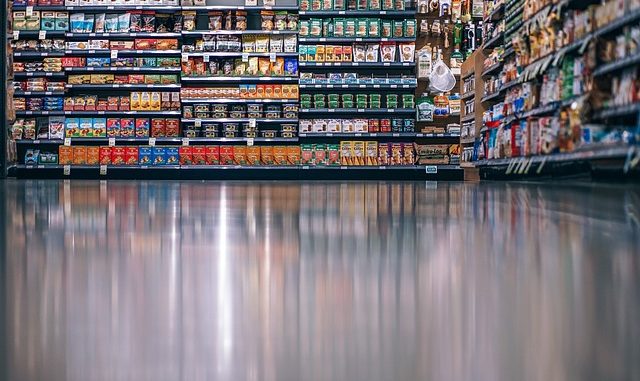
It is often said that necessity is the mother of invention and, with a global economic downturn looming, companies across the globe are searching for innovative solutions to reduce costs, increase productivity and protect profits.
With inflation spiralling and economies faltering, consumers are tightening their belts – which spells danger for businesses across the globe.
In such times, finding innovative solutions to problems is more important than ever. Curiously, though, innovation is often one of the first areas to see investment slashed during tough economic times.
This is especially true in the consumer-packaged goods (CPG) sector. Although a typically robust area of business that enjoys handsome profits, the need to continue innovating is ever-present.
In North America alone, the sector is valued at around $2 trillion, but it is fiercely competitive as rivals battle for increased brand recognition. Consumer tastes also change, meaning the ability to remain agile is crucial in adapting to the latest trends.
Innovation in the CPG sector is not a luxury, it is a necessity to survive. This does not simply mean creating new ideas. Innovation has to be useful, a new way to solve an existing problem.
A buzz word in business for generations, innovation is typically split into two groups: incremental and disruptive. The former is the most common in the CPG sector, and involves taking an existing product and enhancing its features, or adding new ones. Innovations tend to be easier to execute and mean that the core product – which may already have a degree of consumer loyalty – remains intact.
Confectionery firms are particularly keen on this as a means of innovation, with new flavours being added to revamp an old favourite which may have been on the market for decades. This allows innovation to solve the problem, with new flavours keeping a product fresh and preventing stagnation.
Disruptive innovation sees smaller firms challenging larger ones. Coined by Harvard Business School professor Clayton Christensen, it usually sees a smaller firm enter a market at the lowest end possible, before slowly increasing its market share until it challenges the more established companies.
Whichever innovation a company pursues, it is crucial for avoiding potential disruption. 2022 has already been more volatile than many could have predicted. Businesses that embrace genuine innovation can minimise their exposure to this volatility.
CPGs may have traditionally been dominated by physical in-store purchases, but the ever-increasing influence of technology means more and more are relying on the click-and-collect model. This was undoubtedly accelerated by the Covid-19 pandemic, which saw companies which had either already invested in digital innovation, or those agile enough to rapidly enhance their digital capabilities, enjoy increasing shares of the market.
Of course, companies combining their expertise can also help. For example, earlier this year, Trace One, the largest collaborative retail business platform for consumer-packaged goods, announced its merger with Selerant, a leading global provider of process-based product lifecycle management (PLM) software and consulting services for manufacturers.
The combined company is positioned to become the de facto end-to-end global PLM software leader by connecting the entire supply chain from raw material suppliers to CPG and private-label manufacturers, and finally to retailers and end consumers.
The combination of the two is an example of companies sharing their knowledge and experience to enhance their reach into a specific market sector. By linking their expertise, they are also better placed to implement innovation at a crucial phase for the global economy.


Leave a Reply